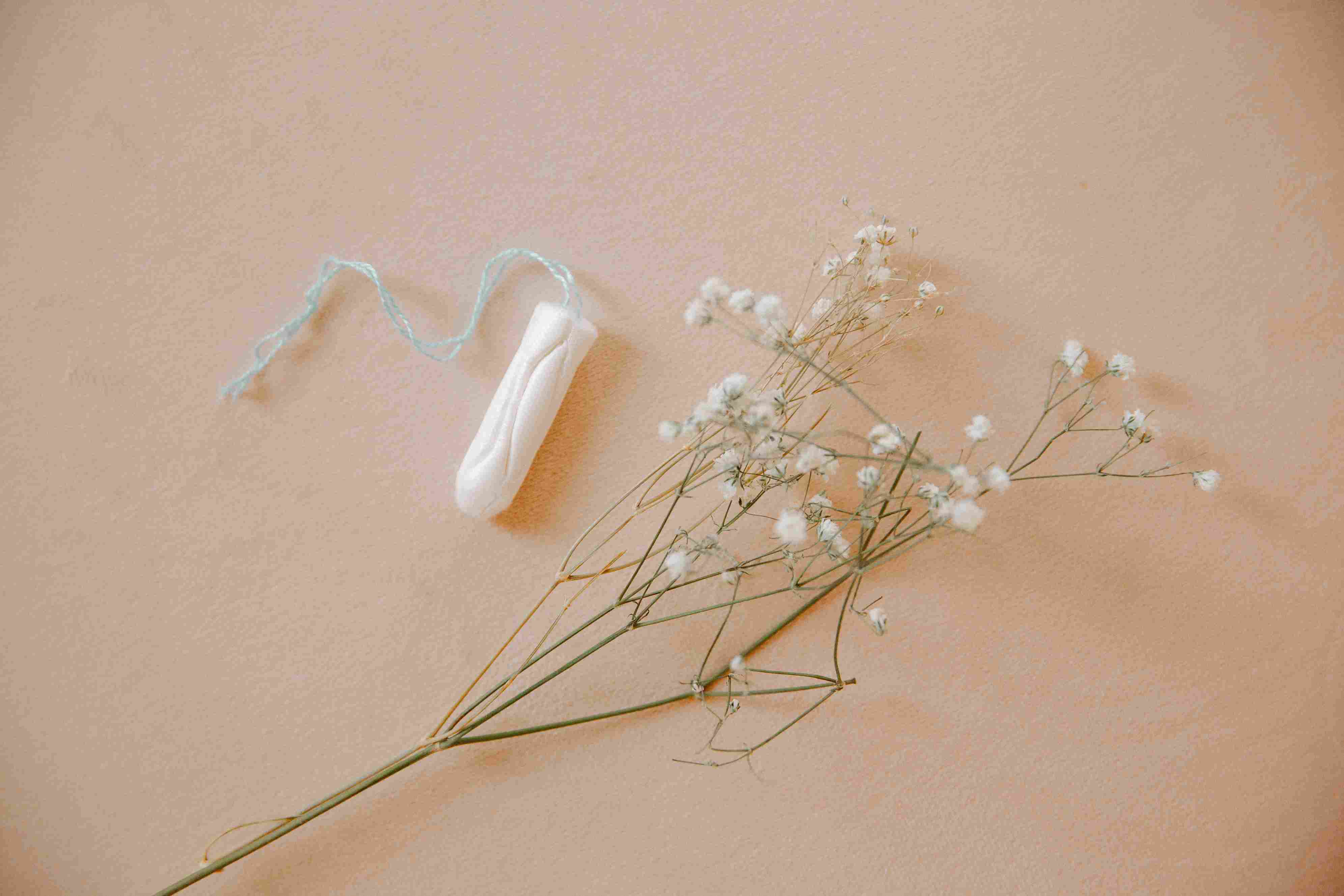
REVISE TRAINING ACCORDING TO YOUR MENSTRUAL CYCLE FOR BETTER PERFORMANCE
The female hormones, oestrogen and progesterone, continually fluctuate during the menstrual cycle. Other than reproductive functions, these hormones influence many other physiological systems making it easier to do specific types of exercise within different phases of your cycle [6]. In this article, we will cover the hormonal changes of each phase of the menstrual cycle, how they can influence athletic performance and the recommended types of exercises for each moment of the month. And finally, some coping strategies developed by female elite athletes.

THE MENSTRUAL CYCLE SUMMARISED
The menstrual cycle can be summarised into four phases: menstruation, follicular phase, ovulation and the luteal phase. Menstruation typically lasts for 4 to 5 days, during which roughly 40 ml of blood is discharged. Once menstruation stops, oestrogens promote the uterus's inner lining renewal. This part of the cycle constitutes the follicular phase. The maturing follicle ovulates about mid-cycle, in which a mature follicle ruptures, releasing the egg into the uterus. The luteal phase begins following ovulation and is characterised by the collapse of the ruptured follicle from which the ovum has burst to form the corpus luteum, producing increased amounts of progesterone. The luteal phase will end with a pregnancy if the egg is fertilised. If not, the corpus luteum will degrade as the cycle prepares to restart while progesterone and oestrogen levels decline [8].

HOW CAN THE MENSTRUAL CYCLE AFFECT PERFORMANCE?
Physical performance is presumed to change throughout a menstrual cycle due to various mechanisms, such as altered muscle functioning, availability and metabolism of carbohydrates and body composition [3].
Force production
Female sex hormone concentrations could be responsible for altered force production, affecting muscle strength and power. Oestrogen has a neuroexcitatory effect, and progesterone has an inhibitory effect. Therefore, greater strength and power may be achieved when progesterone levels are low during the follicular phase (approximately Days 6-14 of your cycle), especially when oestrogen levels peak near ovulation, and muscle strength may decrease when progesterone is high during the luteal phase (app. Days 15-28).
More fuel availability for the muscles
Oestrogen, unlike progesterone, facilitates the absorption of glucose into muscles and acts as fuel for short-term training. A high oestrogen concentration in the luteal phase provides better energy availability for our muscles, meaning more force, compared to the low oestrogen environment of the early follicular phase. However, following a carbo-loading diet during the luteal phase can compensate for this.
Body composition
The effect of the menstrual phase on body composition is not well understood, and studies still present contradictory results. However, you might get more hungry when your periods are near as it's suggested that when progesterone increases towards the end of the cycle, insulin decreases, promoting appetite and food consumption. Another possible explanation is fluid retention as aldosterone (a hormone related to the body's water balance) is elevated during the luteal phase and may influence athletes' performance.
Effect on flexibility
Elevated oestrogen levels during certain menstrual cycle phases may increase collagen synthesis and decrease stiffness by affecting collagen density in muscle and connective tissue. However, studies show that any increase in oestrogen during the menstrual cycle is not great enough to result in a meaningful change in collagen synthesis and tissue elasticity.
STUDIES ON ATHLETES PERCEIVED PERFORMANCE IN DIFFERENT MENSTRUAL PHASES
According to a review of 78 studies, athletes generally perceived decreased performance during the early follicular phase (at the beginning of their period) and late follicular phase (right before the period starts) [5]. A commonly reported reason for this sensed performance decline was the feeling of fatigue or lethargy—common menstrual symptoms experienced around menstruation—menstrual pain and other menstrual symptoms. This increased fatigue may be explained by serotonin production, as oestrogen boosts serotonin levels. Since oestrogen levels remain relatively low during the early follicular phase, serotonin levels also remain down and fatigue may increase. On the other hand, the ovulatory period was found to be the period when participants were most motivated to train and compete. On the other hand, menstrual symptoms are often perceived as a cause for impaired performance by athletes as competing athletes feel more fatigued and distracted during that time of the month.

WHAT TYPE OF EXERCISE IS RECOMMENDED FOR EACH PHASE?
1. Menstruation: You could experience fatigue and discomfort. You probably find focusing on low-intensity exercises, such as Pilates and yoga, easier.
2. Follicular phase: Your oestrogen levels are increasing as they prepare to reach their peak during ovulation; you will begin to feel more energetic and can start upping the intensity of your workouts with low-impact cardio at the beginning and then progressively incorporate similar exercises to those recommended for the ovulatory phase, such as running [7,4].
3. Ovulation: The point with the highest energy of your cycle, and anaerobic and strength performance may be best in this phase. You can include higher-intensity workouts, such as weight training, HIIT workouts, running and sprinting.
4. Luteal phase: Oestrogen levels start to decrease, meaning that in the early luteal phase, your energy levels won't be that low yet, and you can incorporate exercises like low-impact cardio workouts. Studies suggest that strength and aerobic performance may worsen in the late luteal phase, so it may be better to choose mat and stretching exercises or to accept your performance may be temporarily slightly altered [3].

COPING STRATEGIES FROM ELITE FEMALE ATHLETES
A study compiled coping strategies elite female athletes use during the less energetic phases of their menstrual cycle. They included: seeking medical advice to prevent symptoms and/or bleeding using contraceptives and/or painkillers, adjustment of training by reducing the intensity, monitoring/tracking cycle to increase self-awareness of symptoms, peer conversations both in friendship groups and within the sport to gain information from each other's previous experiences and adapt one's coping methods. Finally, some female athletes mentioned increased anxiety due to flooding/leaking while performing in a singlet or leotard, which according to them, translates to a lack of confidence [1].
BOTTOM LINE
The research on whether the menstrual cycle affects performance hasn't reached a consensus yet [2,3]. Several serious studies suggest that it affects performance, and others still attribute minimal to no performance changes during the menstrual cycle's different phases. However, perceived performance is perhaps equally important since athletes' beliefs towards performance quality may result in an actual change.
In light of the science influencing your different hormonal mechanisms during a menstrual cycle, you may choose to vary your training with this in mind. Remain open to your body's signs and feelings and find out what works for you. Sometimes, self-compassion can be all it takes to go through more difficult days and a temporary performance drop acceptance.
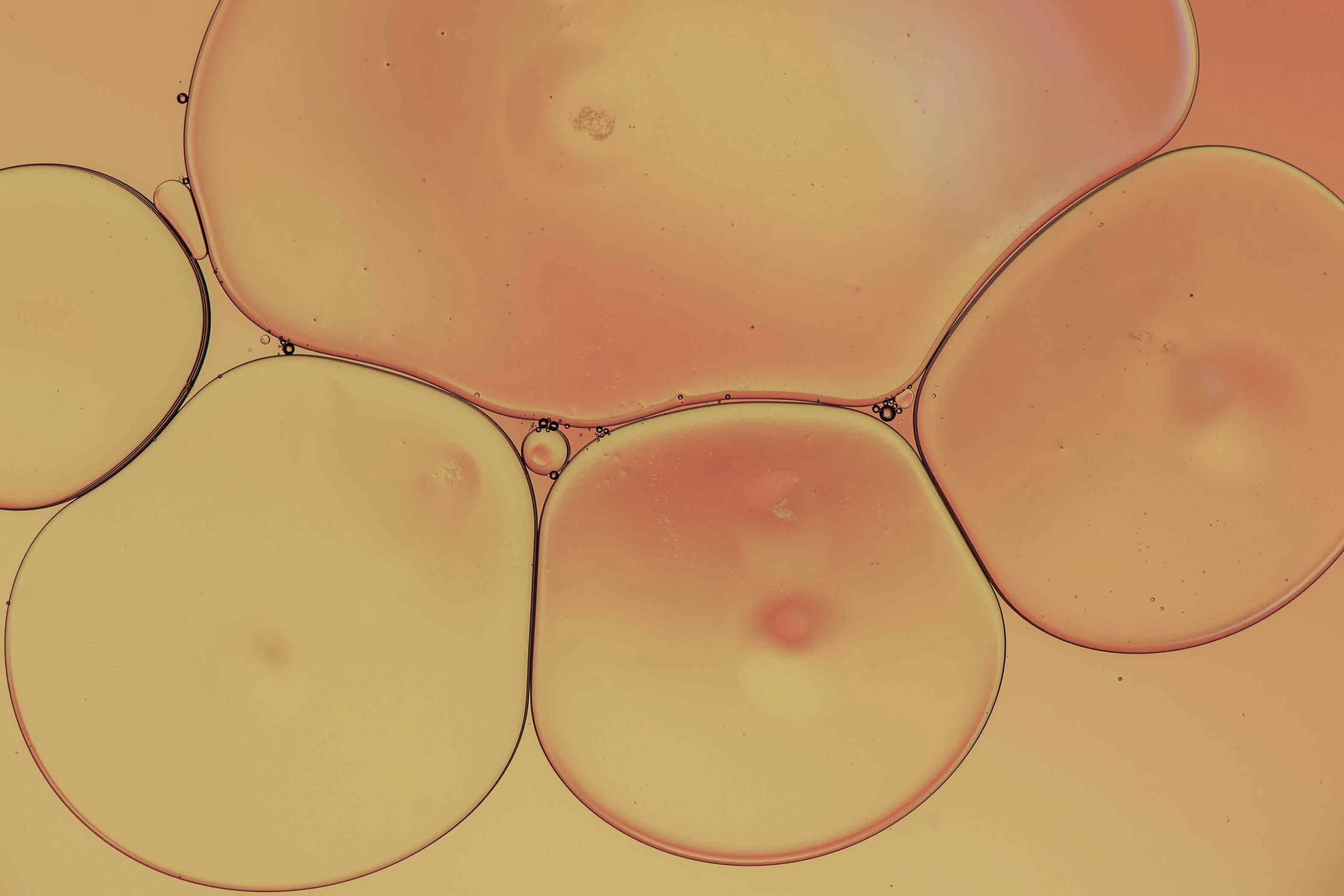



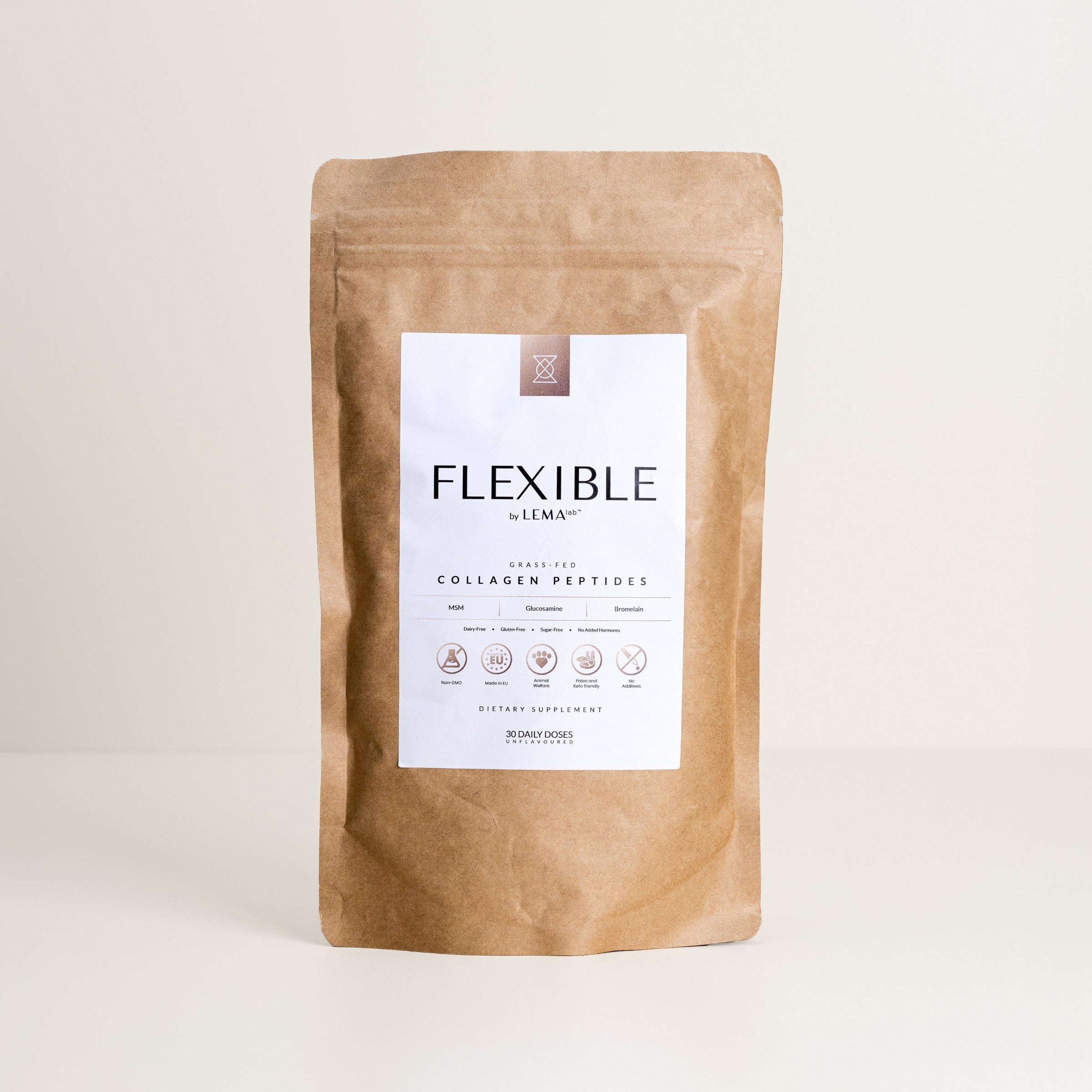
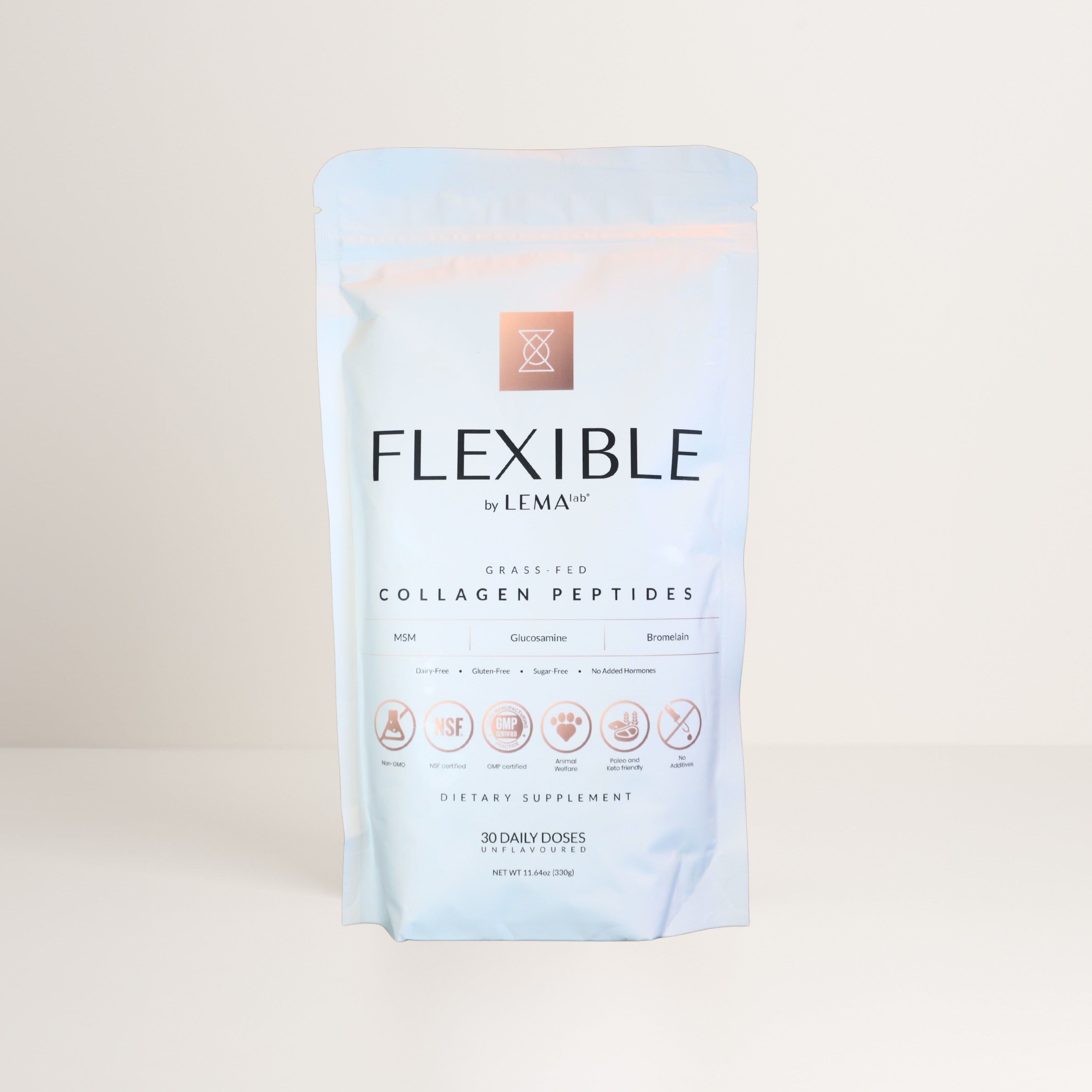

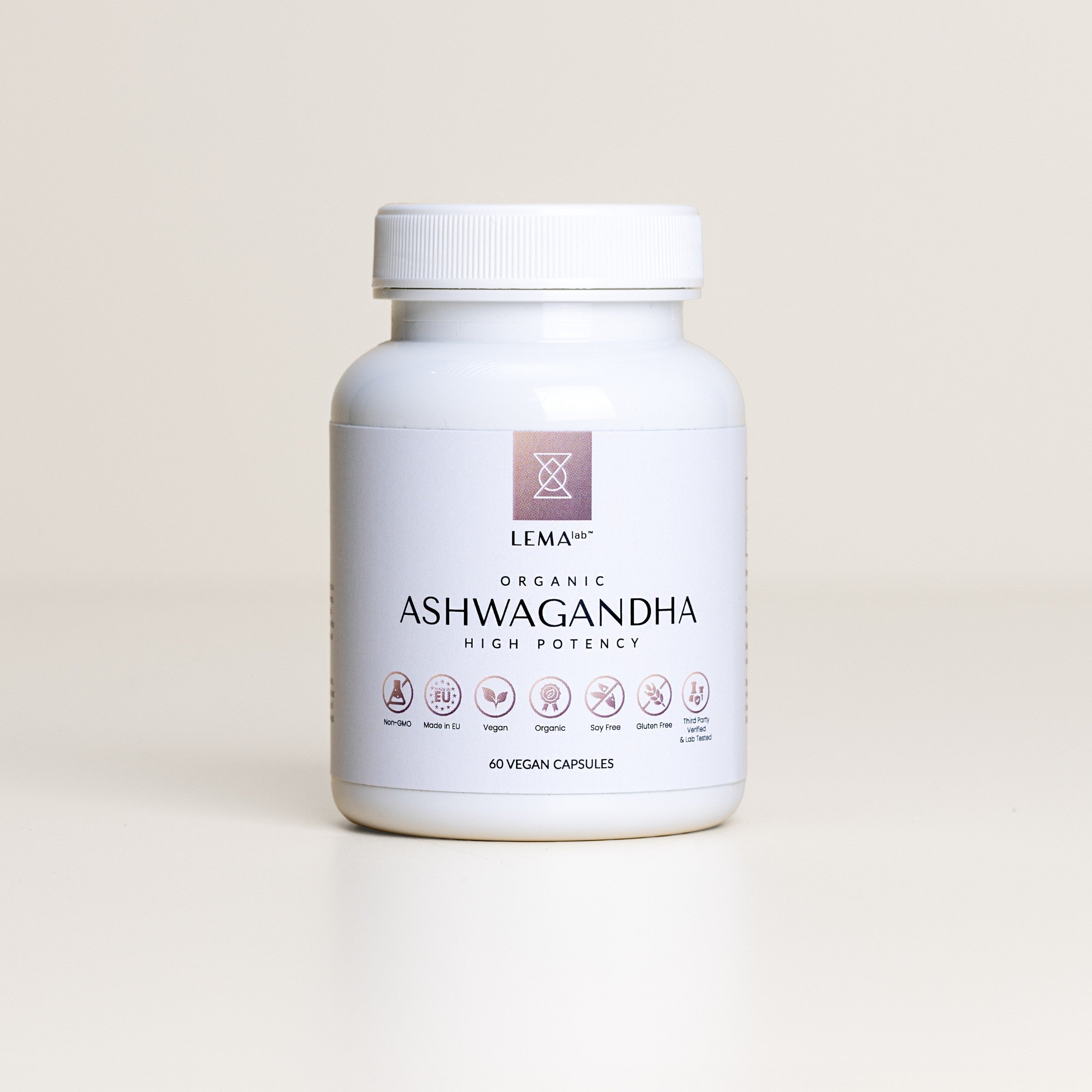

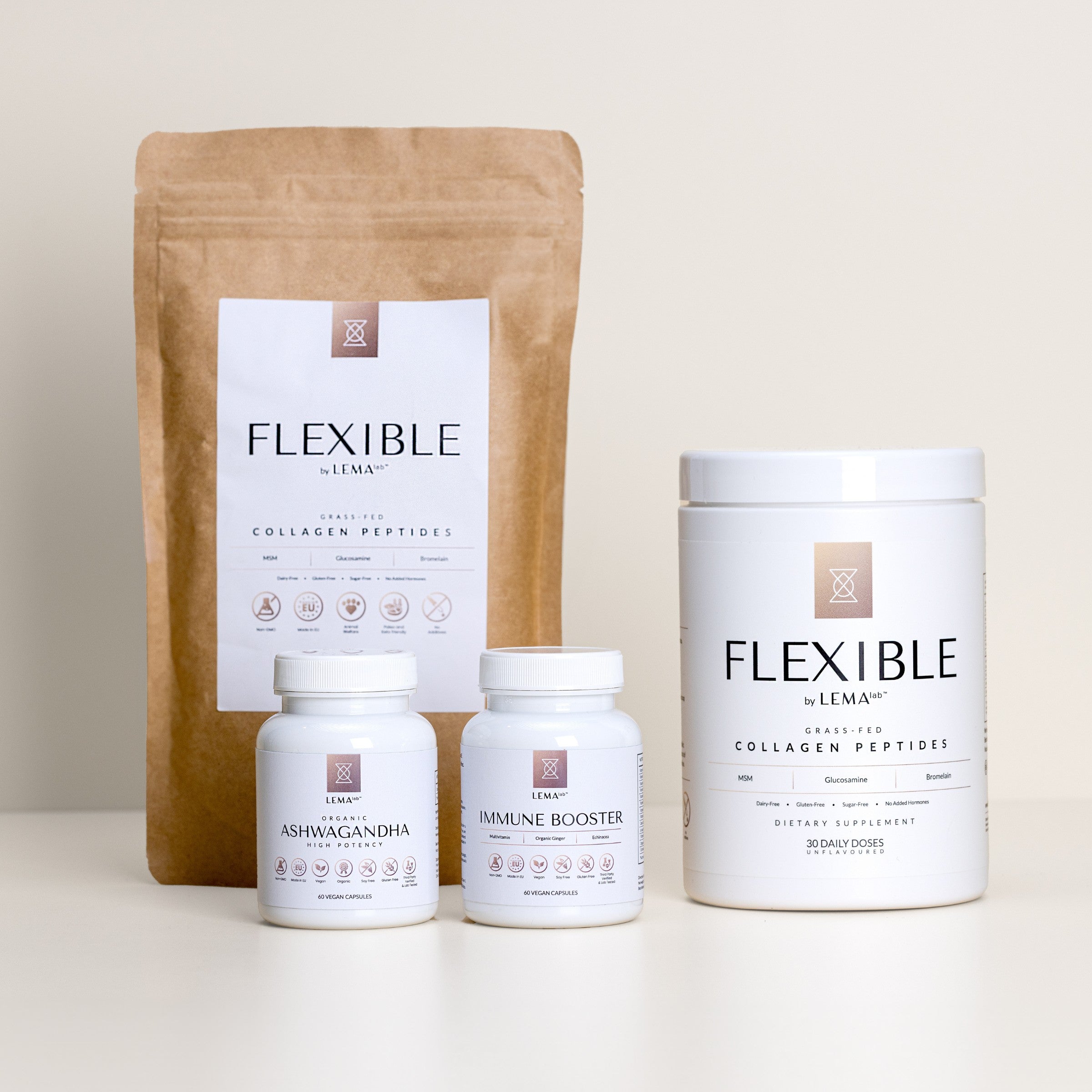

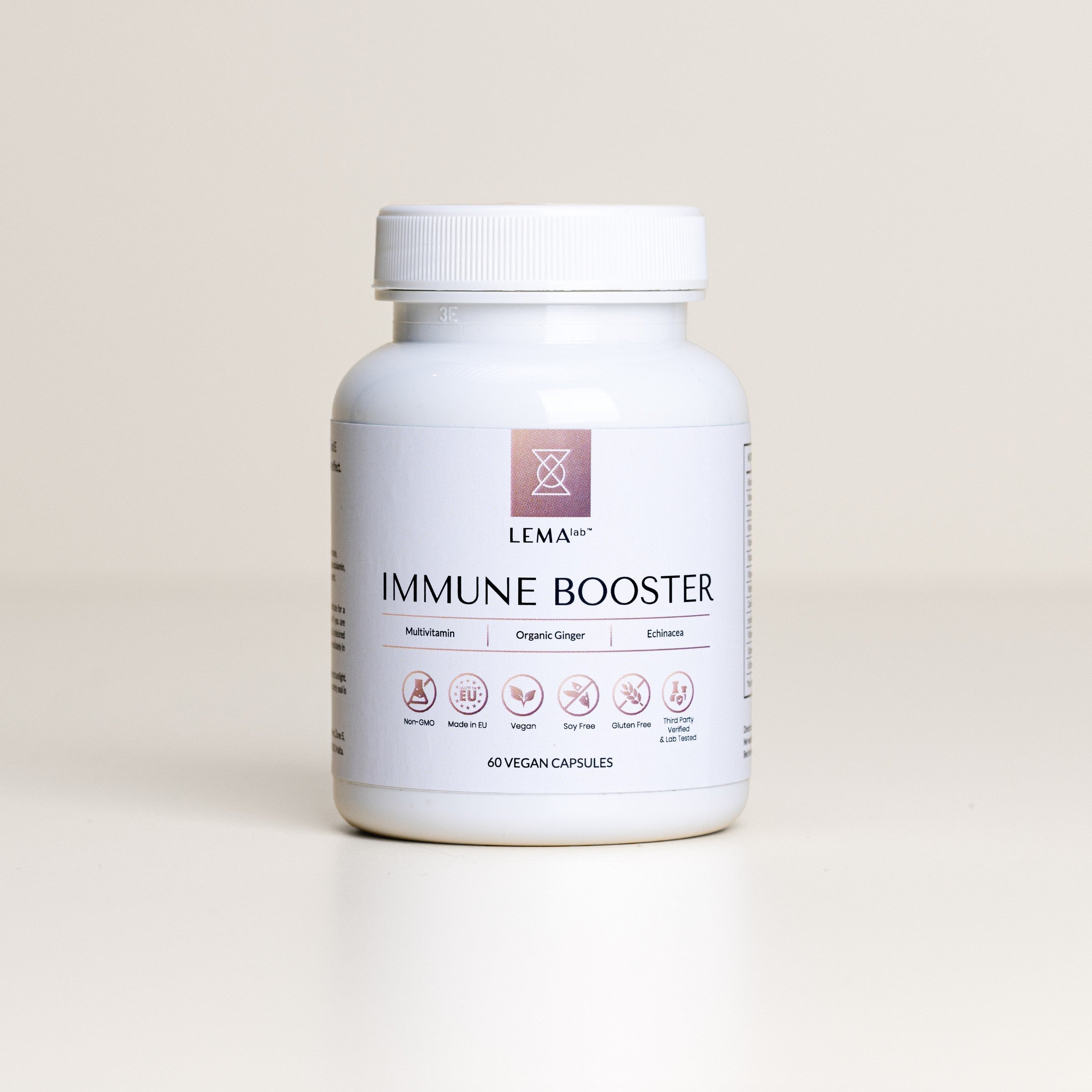

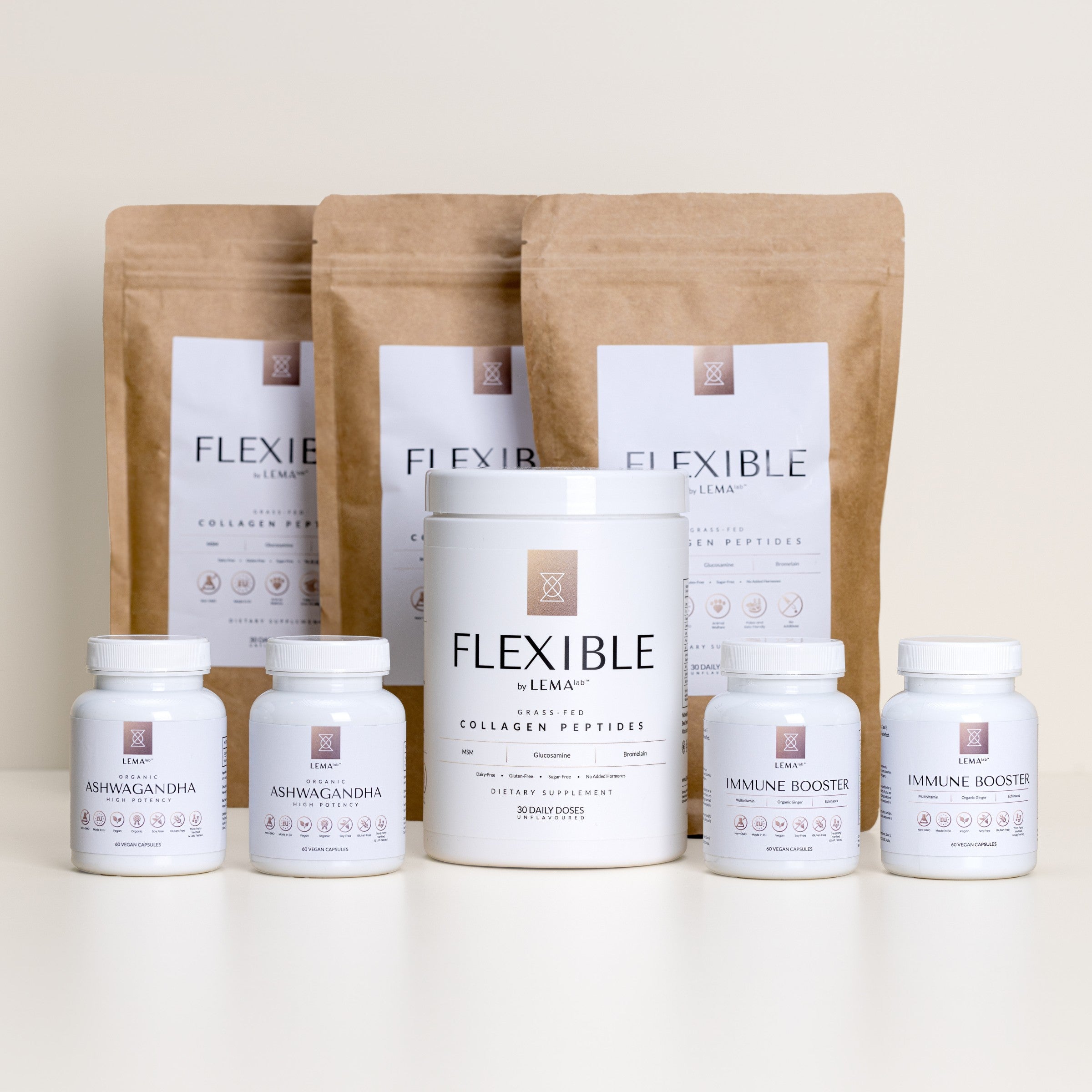
Leave a comment
This site is protected by hCaptcha and the hCaptcha Privacy Policy and Terms of Service apply.